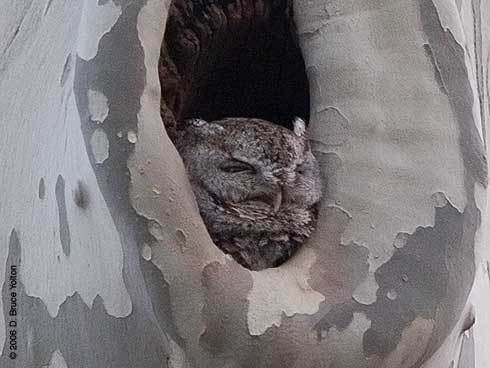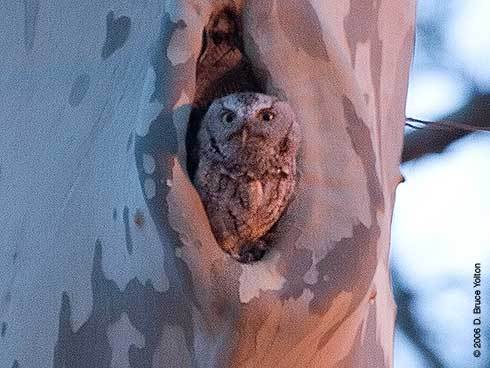Charlotte lays an egg
Reports are that Charlotte laid an egg on Sunday and is now sitting on the Central Park South nest. This is about a week later than Lola who is already sitting on her Fifth Avenue nest.
If all goes well this year, it should be a wonderful Spring with lots of fledglings in the park.
























